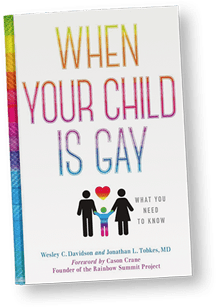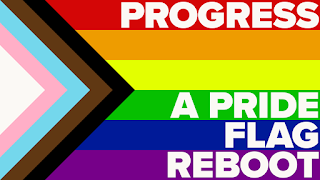Created by Daniel Quasar
June is the month associated with PRIDE. It’s a month of readings, events, Stonewall photography, exhibits, and, of course, marches and parades. Banners and flags unfurled everywhere, bringing the LGBTQ community together yet highlighting the differences among different groups. But what do the colors actually signify in the different flags?
This could be a “JEOPARDY” Question. Here’s a primer culled from “Pride Flags have common theme,” by Laurel Deppen, “The Louisville Courier Journal,” June 5, 2019, USA TODAY, to explain the meaning and diversity of the flags:
· The 6-striped rainbow flag was originally commissioned by Harvey Milk and made by Gilbert Baker in 1978. It had 8 stripes: pink for sex, red for life, orange for healing, yellow for sunlight, green for nature, turquoise for magic, blue for serenity and purple for spirit. Later, due to expense, the turquoise and pink were later eliminated after Milk’s death.
· What do black and brown stripes mean on a rainbow flag? The black and brown are intended as an inclusive message for LGBTQ PEOPLE OF COLOR.
· What do the wider blue and pink stripes mean with a purple stripe in between on this flag? The blue and pink represent the male and female genders and the purple signifies sexual attraction to both men and women. It’s a Bisexual flag.
· Which flag has blue, pink, and WHITE? The blue and pink represent the traditional male and female gender colors. The White is for those who are transitioning and don’t identify with the binary gender category. It’s a Transgender Flag.
· What does a yellow stripe denote in a flag? Along with the traditional pink and blue, the addition of yellow means it’s a Pansexual flag intended to represent attraction to gender-non-conforming and non-binary people.
· Which flag means Asexual? It’s for the asexual population who don’t experience sexual attraction, demisexuals who experience sexual attraction to those they have an emotional bond with, and graysexuals who experience occasional or mild sexual attraction. Its flag has black for asexuality, a gray area between asexuality and sexuality and demisexuality, white for sexuality, and purple for community.
· If a flag is designed with colors that don’t represent any gender, it’s an Intersex flag. It is used in a human rights affirming community context.
· A very colorful flag with the traditional pink and blue, purple for masculinity and femininity, black for all genders, and white for lack of gender is a Genderfluid flag.
· Similar to the Genderfluid flag is the Genderqueer flag with its lavender stripe for androgyny, white for agender identities, and green for non-binary.
· It’s a Nonbinary flag if it contains yellow, white, purple, and black. The yellow stripe represents gender outside of the binary. The white signifies many genders. Purple is for fluidity between genders. Black denotes the agender community.
· The flag with the most colors is the Progress Flag. It includes 5 additional colors to the 6 common rainbow stripes: the black and brown to represent LGBT people of color, and light blue, pink and white for the transgender flag. It’s meant to emphasize inclusion and progression.
While the colors may signify splinter grassroot groups, the flags are all intended to signify equality, human rights, diversity within the LGBTQ+ community and PRIDE.

When Your Child Is Gay: What You Need To Know
For more detailed advice, see book, co-authored with a mother of a gay son and a psychiatrist, Jonathan L. Tobkes, M.D.
